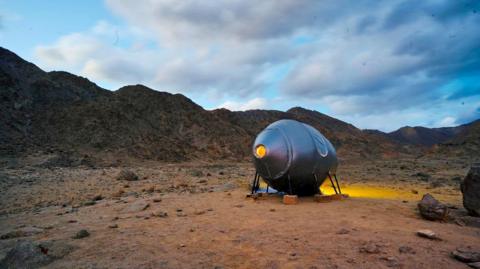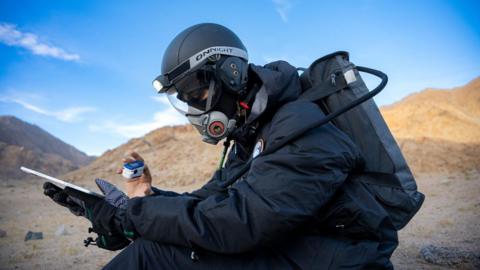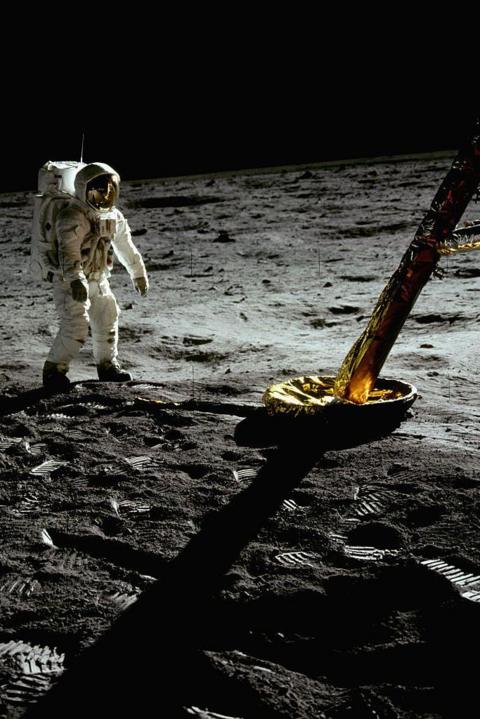The Himalayan region on the India-China border is located at a height of 3,500 metres (11,483ft) and has extreme climatic conditions and thin air. In a day, the temperature here can shift from a maximum of 20C to a minimum of -18C.
It's no match for Mars (where temperatures can go below -153C) or Moon (where -250C is the norm in some deep craters), but still, it's a test of human endurance. And as Prof Sharma says, "since you can't go to space to test every time, you need these facilities where space-like conditions can be created".
Also, he adds, Ladakh is one region of India where barren land stretches for miles and miles, "giving you the feeling of being alone on the planet".
And that's exactly how the simulation astronaut, who spent three weeks confined in the capsule in the icy cold desert, felt.
"I was isolated from the human environment. Every move that I made was scheduled, when to wake up, what to do when and when to sleep? A 24x7 camera monitored every move and sent data about my activities and health to the back office," the 24-year-old who did not want to be named told me.
"The initial few days," he said, "were great, but then it began to feel repetitive and it started to get to me. It started impacting my daily performance. My sleep schedule was affected a little and my concentration deteriorated."
The simulation astronaut wore biometric devices to monitor his sleep pattern, heart rate and stress levels. His blood and saliva were tested daily to see how he was coping.



